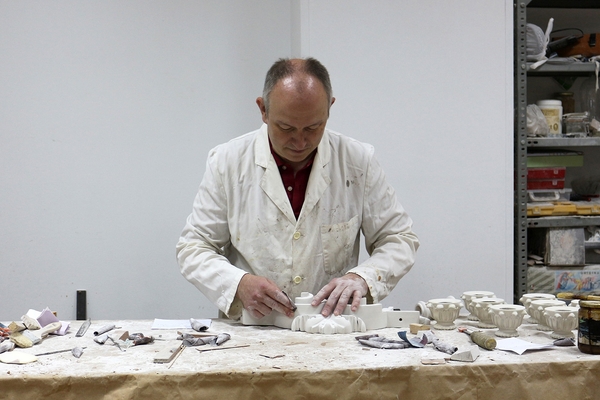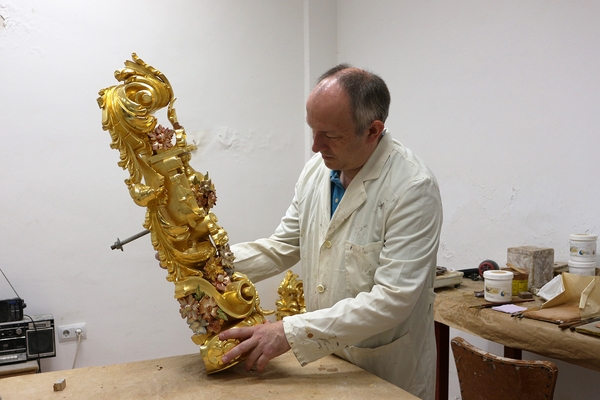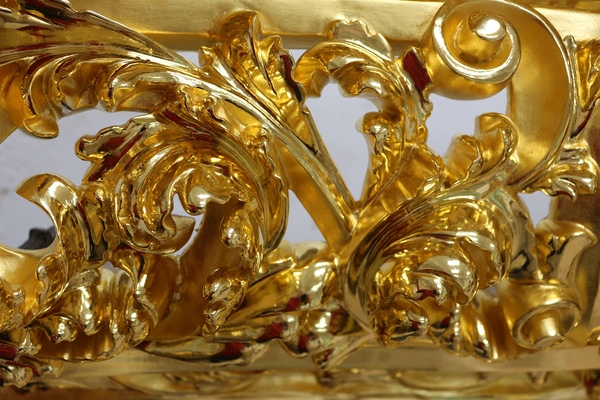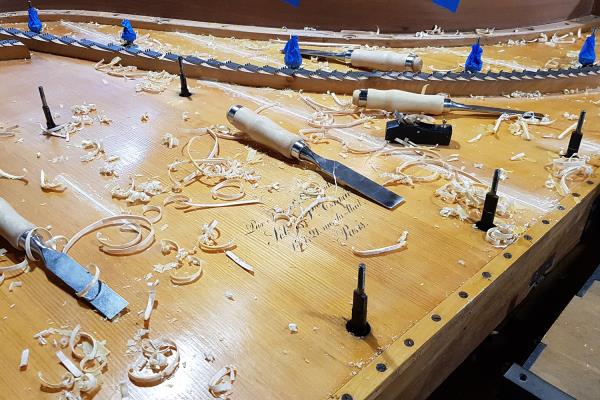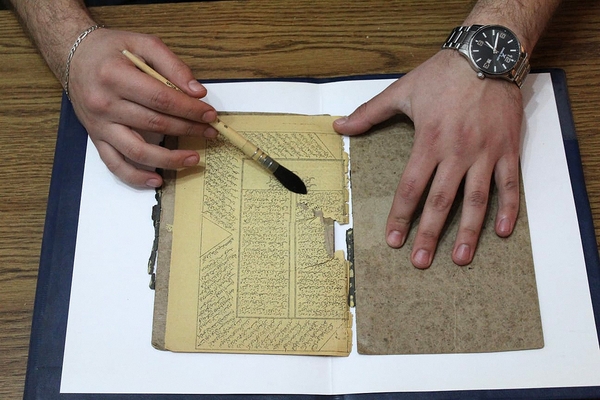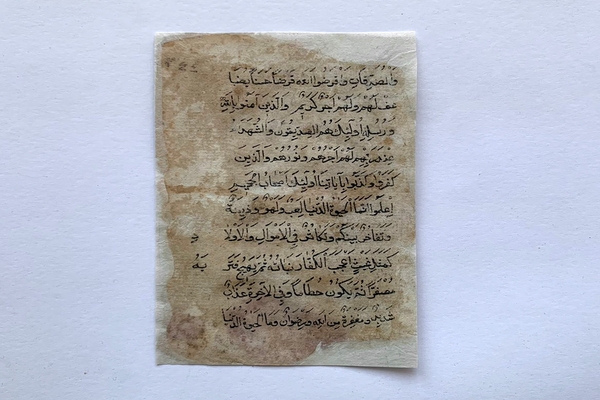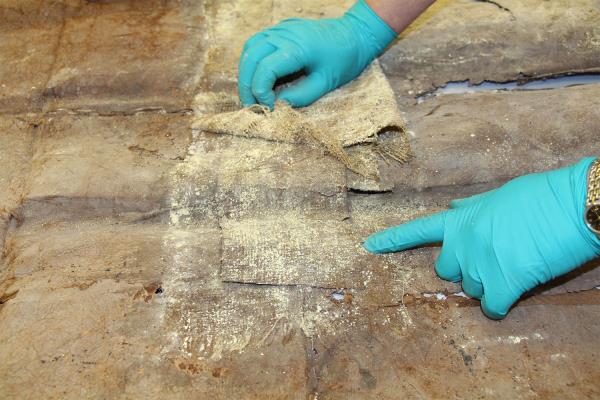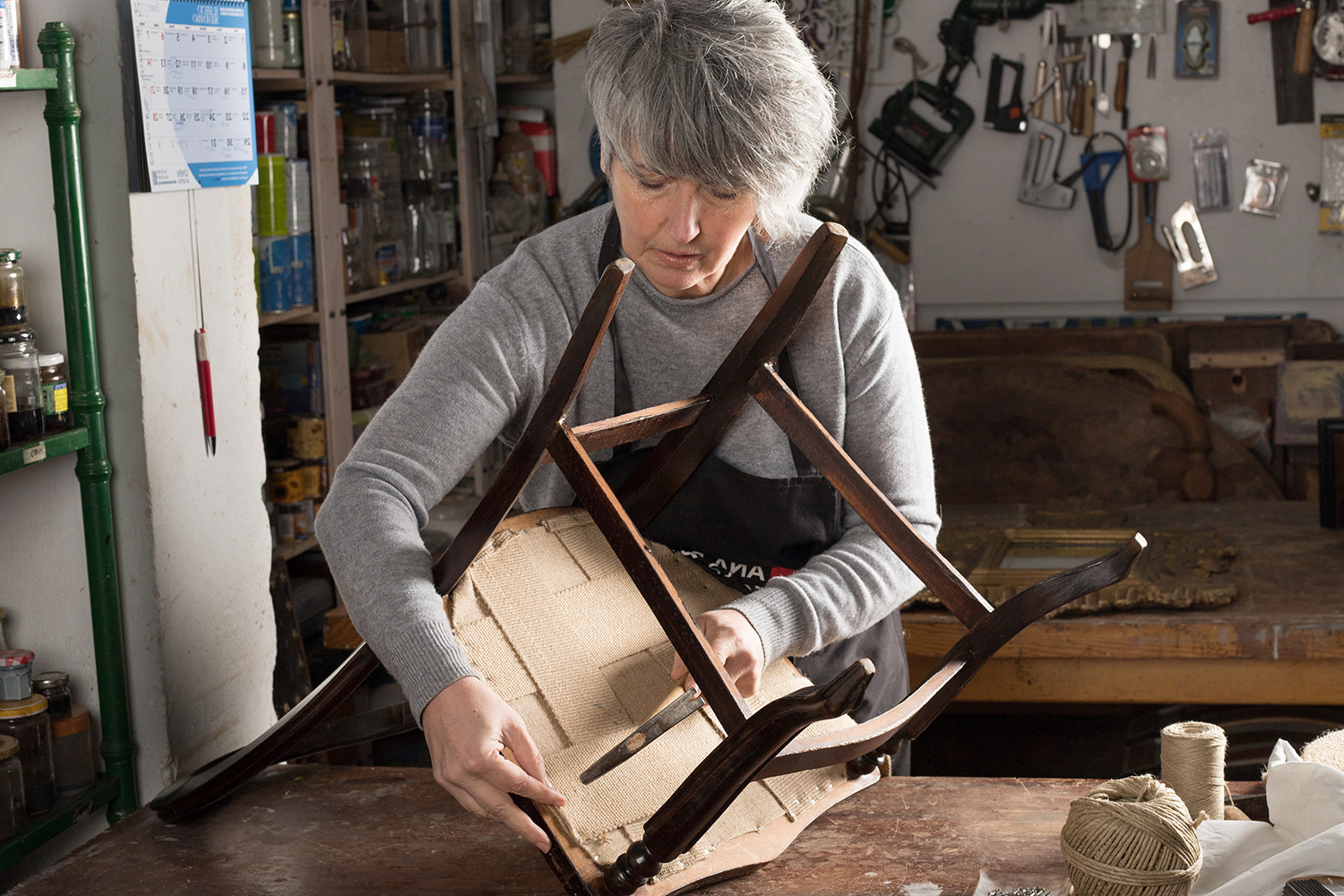
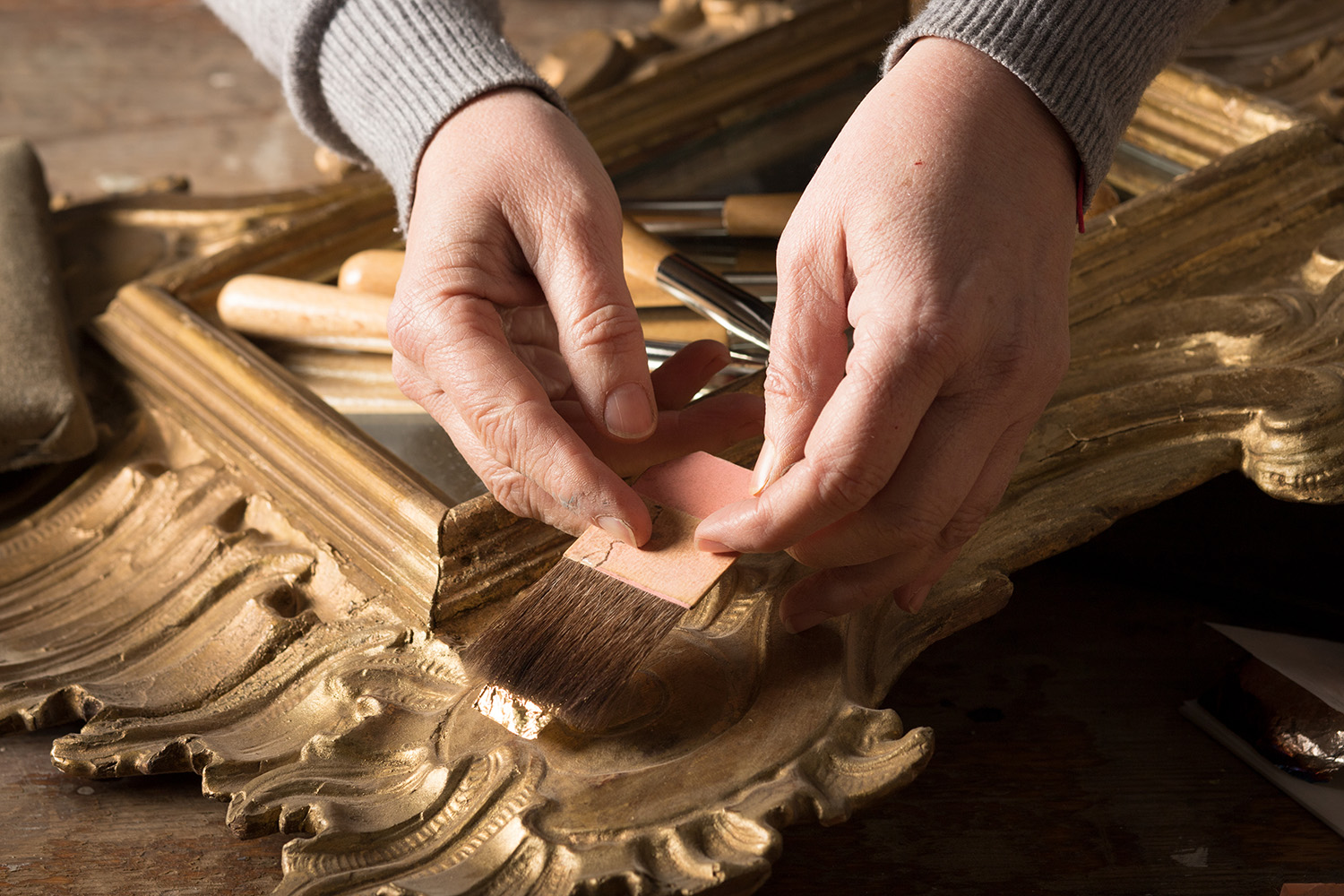
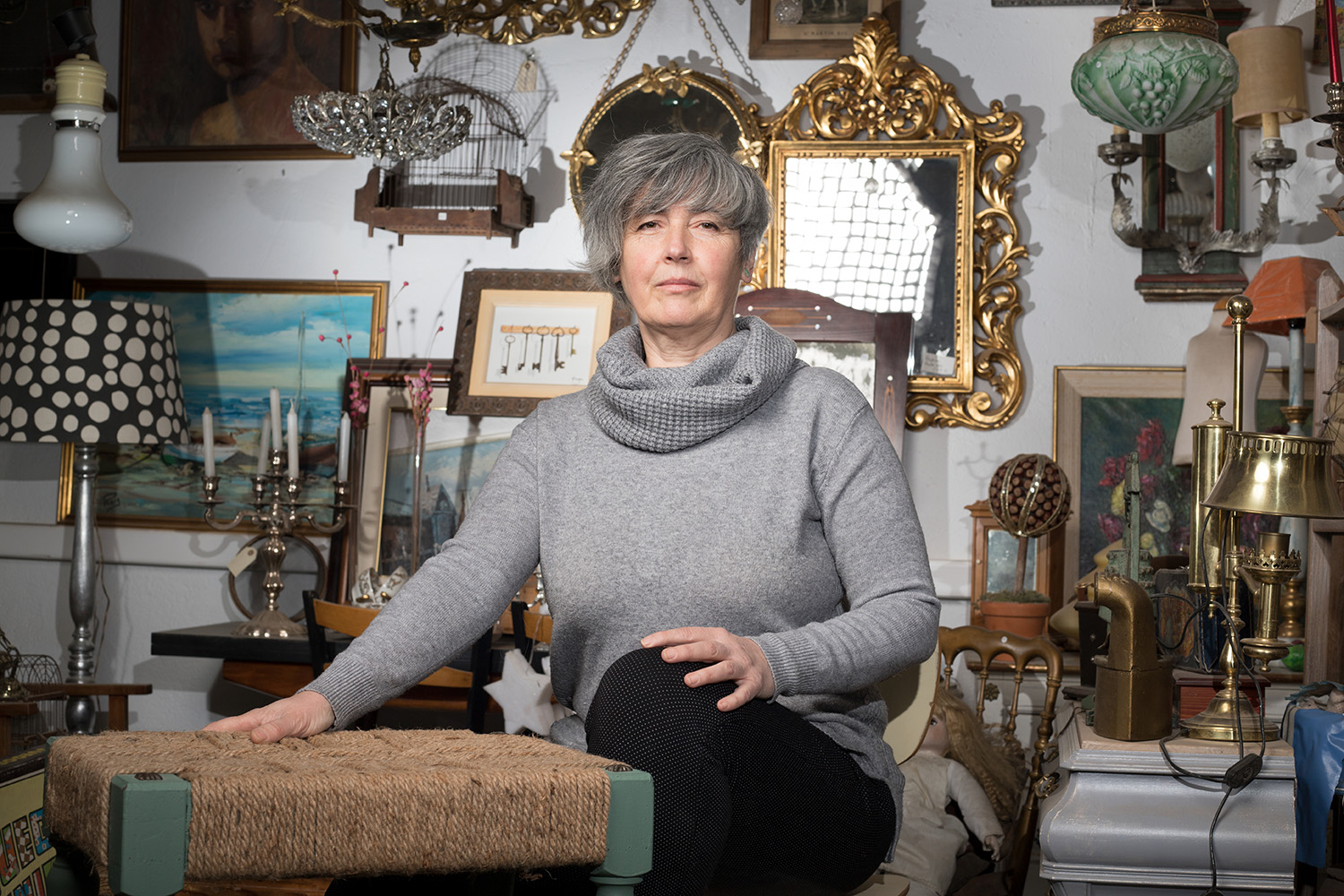
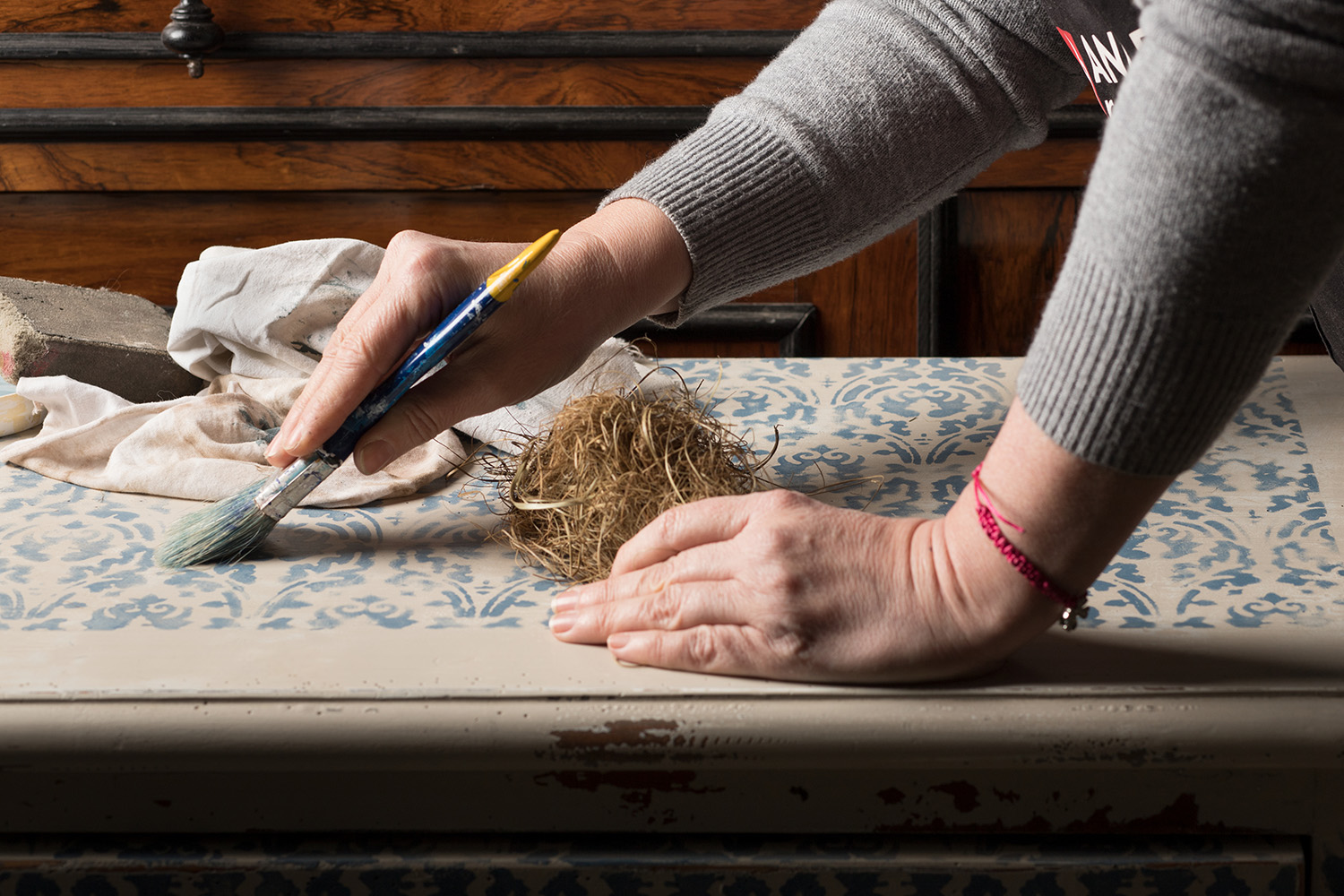
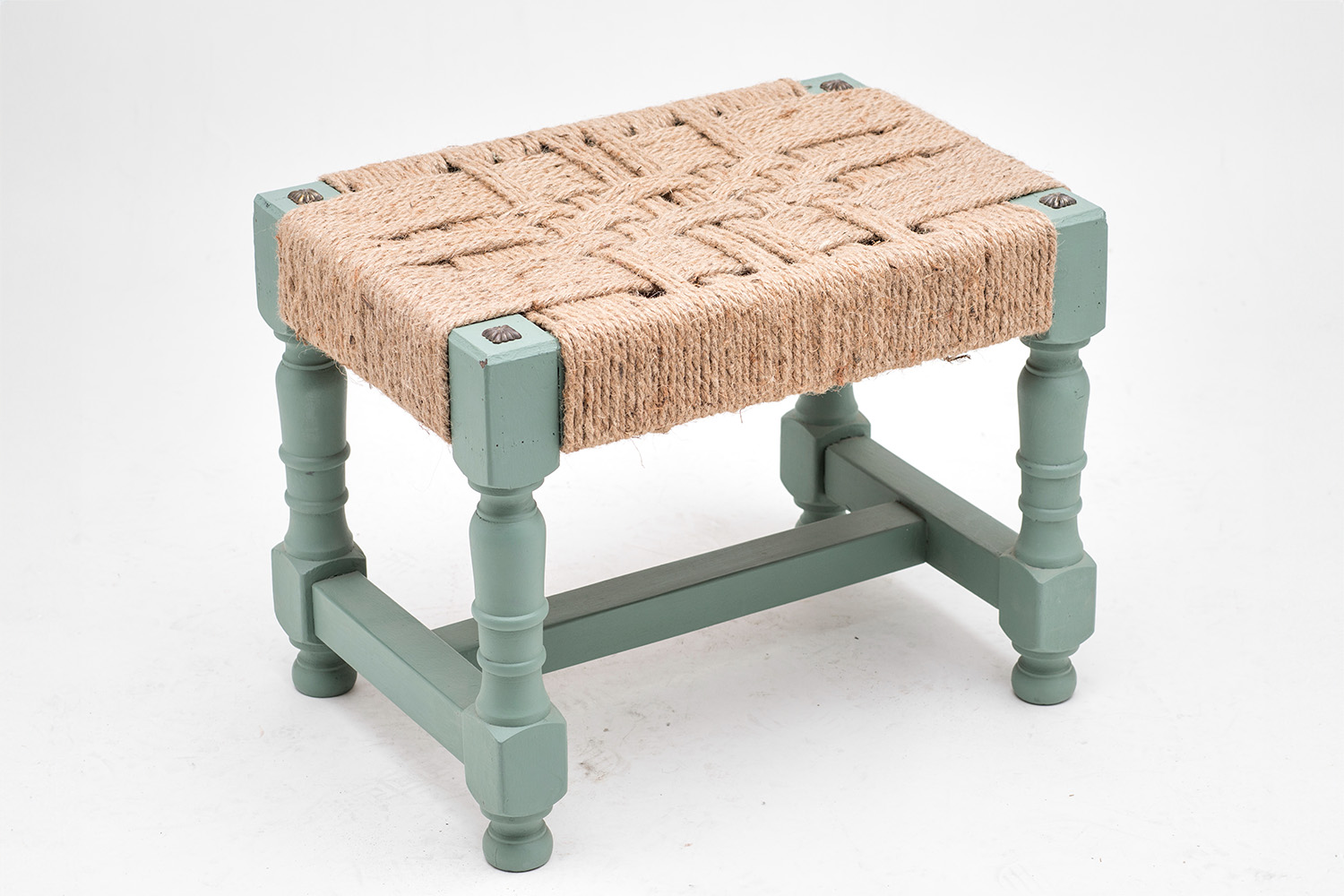





The charm of giving furniture a new lease of life
- Ana María has been restoring objects several decades
- She enjoys working with wood
- She is able to envision the finished piece before starting
Ana María Basanta began her professional career as an interior designer in 1982. She had a curiosity for design at a time when it was quite novel and quite expensive. "After working in several companies, I thought about transforming existing pieces to be more economically feasible, meaning I could give pieces the makeover I wanted by applying various techniques," she explains. Her intention is "to make everyday objects and everything that is part of our home, our bubble in the world, warmer, more personal. In one word, to create our own and unique atmosphere." The techniques Ana María has mastered are varnishing, gilding with fine water-based gold, weaving, upholstery with springs and stringing. "I make my own waxes, varnishes and paints," she adds.
Interview
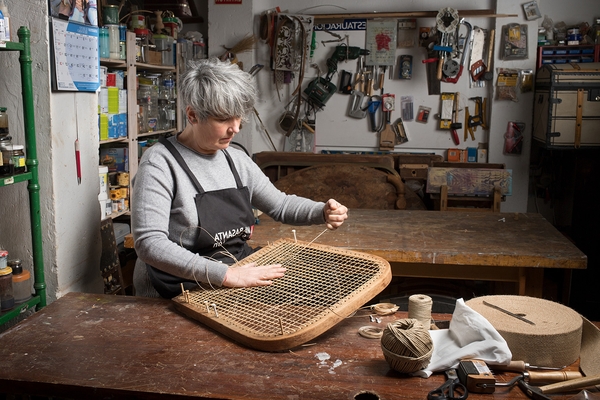
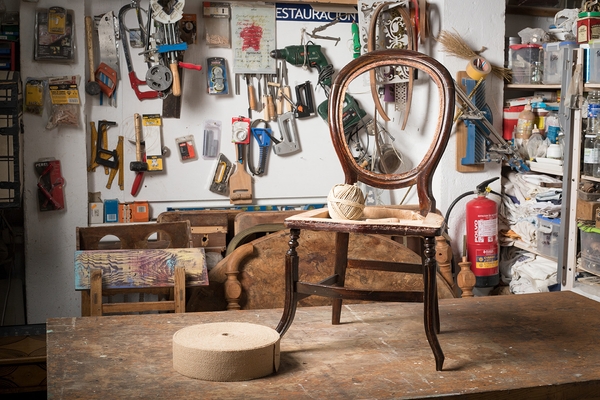
- What has influenced your work more, the city or the countryside?
- I grew up in the countryside, surrounded by wonderful nature, with huge contrasts of colour and textures. I remember the trucks coming down from the mountains loaded with logs, the smell they left at their stops, and how much I liked to go exploring around the tree clearings where there were so many natural forms that let my imagination fly.
- Do you visit many places to inspire yourself?
- I visit many antique shops and markets, focusing on 'untouched' models such as drawings of corded seats, polychromies, marquetry, and varnishes. I also really like decorative arts museums or similar places.
- How do you understand restoration?
- In addition to the usual formal restoration, I try to bring aesthetically abandoned pieces back to life, either by updating them or by applying new finishes to improve an object that is of sound quality. I give opportunities and life, bringing out the soul of the form.
- What is usually the most difficult part of your craft?
- All my work is manual, from start to finish. Plant-based fabrics, whether cane or corded, present difficulties to find the raw material. It takes a lot of ingenuity and skill to locate the suitable or envisioned fibre.
Ana María Basanta is a master artisan: she began her career in 1990 and she started teaching in 1995
Where
Ana María Basanta

